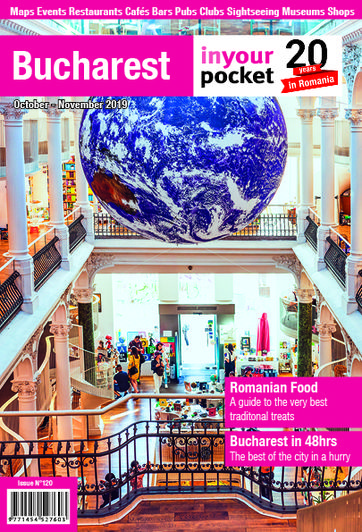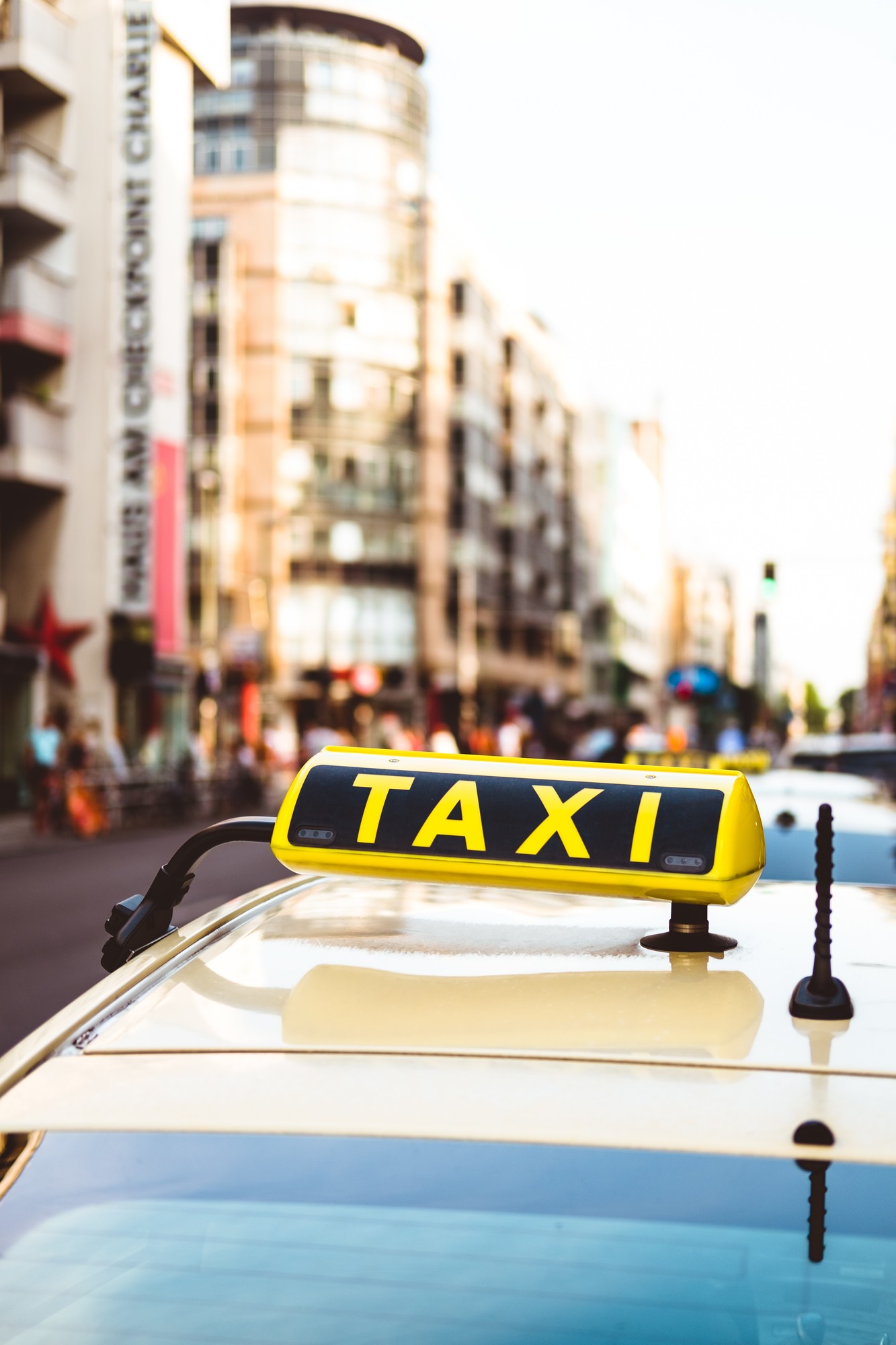While extensive, covering all areas of the city and its outskirts, Bucharest's public transport network is far from fit for purpose. Services are few and far between, slow, and as a result most trams, buses and even the metro are notoriously overcrowded throughout the day. The current sorry state of transport in the Romanian capital is a consequence of years of poor management, under-investment in infrastructure and total disinterest on the part of the city council. A ‘car first’ mentality amongst locals has not helped. Taken as a whole, transport in Bucharest is at breaking point. Main roads and intersections are gridlocked, and hours are wasted in traffic. The city is the most congested capital in the European Union.
- Bus 780 Bucharest Timetable Budapest
- Bus 780 Bucharest Timetable Vienna
- Bus 780 Bucharest Timetable Dublin Airport
.Before bus line 780 was created the usual way to get from Otopeni to the train station was to take bus 783 to Victoriei square and then the subway - I guess some people haven't heard about bus 780 yet.The best way to get from Bucuresti Nord to the Rembrandt would be take the subway on line M1, get off at Piata Unirii station and then walk to the hotel, but if you have luggages it's. Answer 1 of 15: Hello to all Bucharest forum! Monday morning early (about 7am) I will take the 780 bus from Gara de Nord to OTP airport. Could I buy the bus from the driver? Trip planner → List of routes → Bus route 780 (Ekspress) on the map of Bucharest. Write a reviewLeave a review about this route Add to favorites On.
Jump to:
Buses & Trams
Bucharest has hundreds of bus and trolleybus routes, and tens of trams, serving every part of the city as well as a number of suburban villages and outposts. However, most services are very crowded (their appalling interior layout and the inherent desire of many locals to stand next to the doors does not help) and you should keep your wits about you, as well as your hand on your wallet, at all times. Pickpockets are rife. In fact, if you can avoid using buses and trams, do so.
Buses and trams run at infrequent intervals from very early in the morning (around 04:30) to around 22:50 (earlier at weekends), after which the night buses takeover. These serve all areas of the capital throughout the night, with all routes departing from Piata Unirii. Most night bus services run at hourly intervals.
Bucharest Bus Route Map
Bucharest Night Bus Route Map
Two routes (laughably prefixed ‘express’ - they are no such thing) serve the airport: 780 (from Gara de Nord) and 783 (from Piata Unirii).
Metro
Bucharest's metro has four lines, with a fifth eternally under construction (it is already years behind schedule). Although relatively modern (the first section opened only in 1979) many of the network's stations are shabby and in need of refurbishment. Fortunately, most of the metro's actual trains are new and the system is cheap, reliable and quick (at least compared to service-level forms of transport). The exception is the north-south M2 line, which gets dangerously crowded during the morning and evening rush hours. The metro runs from 05:00 in the morning to around 23:00.
View a large version of our bespoke Bucharest Metro map here.
Tickets
Tickets for the metro can be purchased at all metro stations. Tickets valid for two journeys cost 5 lei, while tickets valid for ten journeys cost a bargain 20 lei. You can also buy a daily ticket for 8 lei, while a weekly season ticket costs 25 lei.In order to ride Bucharest's buses, trolleybuses or trams, you need to buy an Activ or Multiplu card in advance. Both are available at the little RATB kiosks which can be found next to major bus and tram stops.
The Multiplu card (which is blue and white) costs 1.60 lei and needs to be loaded (when purchasing) with two to ten journeys (which each cost 1.30 lei). You can also choose to load it with a pass valid for one day's unlimited travel on all buses, trolleybuses and trams for 8 lei. After the initial purchase, the Multiplu card cannot be topped-up. The green and white Activ card costs 3.70 lei but can be topped-up with anything from 2.60 to 50 lei at a time.
When boarding buses, trolleybuses and trams you need to validate your Multiplu or Activ
 card at one of the orange machines dotted around the vehicles. Just wave the card next to the machine until you here the beep: the screen will tell you how many journeys or how much credit you have left.
card at one of the orange machines dotted around the vehicles. Just wave the card next to the machine until you here the beep: the screen will tell you how many journeys or how much credit you have left.If you are caught without a validiated Multiplu or Activ card you will be fined 50 lei. On all forms of public transport in Bucharest children under seven ride for free. After that - unless they are attending school in the city - they have to pay full price.
Taxis & Ridesharing
Ride-sharing apps Taxifyand Uber are well-established in Bucharest and present a good alternative to the city‘s often unreliable, dirty, and rip-off taxis. Prices (around 1.39 lei per kilometre) are about the same as for standard yellow cabs, while standards are far higher. If you do not have either app on your phone it is well worth downloading at least one, in order to spare yourself running the gauntlet of taking a normal taxi.
These are yellow, ubiquitous (at least when it is not raining) and very cheap (but only if you get into the correct taxi). Fortunately, that means the vast majority of them. Unfortunately, it is still far too easy for the uninitiated to be ripped off. Always pay careful attention to the prices, displayed on the driver’s door of all taxis. There should just be one single tarif displayed, and anything higher than 1.39 lei per kilometre should start alarm bells ringing: never pay more. Always insist that the metre is turned on: many drivers (especially at night) refuse to do so, demanding exorbitant flat fares. Many others will often refuse short journeys (even though by law they are not allowed to do so). Be extra careful when getting into a taxi around Gara de Nord, any mall or shopping centre, Piata Universitatii, Piata Unirii and the Old Town/Lipscani area, especially at night. When leaving a hotel or restaurant, always have the concierge or waiter order you a cab. At Otopeni Airport, ignore any taxi drivers who approach you in the arrivals hall, as well as those waiting outside, and use the official taxi ordering system. Better still, boycott Bucharest’s taxis altogether, as many locals now do on a matter of principle. Call an Uber, or a Taxify.
More on avoiding Bucharest's dodgy taxis and the tactics they use over at Bucharest Life.
Trains
Romania's railways are in an awful state. More than two decades of neglect has rendered much of the country's railway infrastructure dangerously out of date, and large swathes of Romania now see no train services at all. Even in those of parts of the country where trains still run, services are slow, infrequent and subject to long delays. CFR - which operates the trains - perennially verges on bankruptcy and has become a byword for inefficiency. What's more, ticket prices are no longer the bargain they once were, and while they remain relatively low by international standards, for many Romanians on low incomes the train is now out of reach.That said, the story is not wholly a sad one, for there has been some investment in the railway network, most notably on the Bucharest - Brasov and Bucharest - Constanta routes. Even here, however, the lack of trains (there are just a handful of services per day) and constant delays make the train an increasingly unattractive option for travellers.
Should you have to take a train in Romania, always try to get an InterCity (IC - although note these are few and far between) or InterRegio (IR) as they are the fastest and usually have the most modern rolling stock. Regio (R-) trains (which until recently were known as Personal), are slow and often use much older rolling stock. You will also see trains designated as ICN: these are InterCity trains which stop at more stations than usual, and are more like InterRegios. Prices on all types of train are relatively cheap, but are rising fast. An InterRegio
Bus 780 Bucharest Timetable Budapest
adult single from Bucharest to Brasov currently costs 73 lei.To buy train tickets, visit either the station, a CFR agency or buy online at cfrcalatori.ro. Fairly substantial reductions are available for buying online return tickets well in advance. It is also worth noting that if buying tickets online you need to do so at least 12 hours before the train is due to depart. After that you will need to purchase them from the station or a CFR ticket agency.
In all cases, do not leave buying tickets to the last minute: long queues could mean you miss your train. Tickets cannot be purchased on CFR trains, though in the worst case scenario you can try bribing the guard. Many locals do this habitually.

Bus 780 Bucharest Timetable Vienna
On the privately run Hyperion trains, however, which depart Bucharest for Brasov and Constanta at 09:23 and 10:00 respectively each morning, you can buy tickets on board. There is also free Wifi and a coffee machine: a refreshing change to CFR. What’s more, tickets cost just 30 lei. There is, alas, just the one private train per day at the moment, although more may follow soon. For more info, see the website softrans.ro. The full Romanian train timetable is online at cfrcalatori.ro.Bus 780 Bucharest Timetable Dublin Airport
Plenty more about Romanian trains at Bucharest Life.